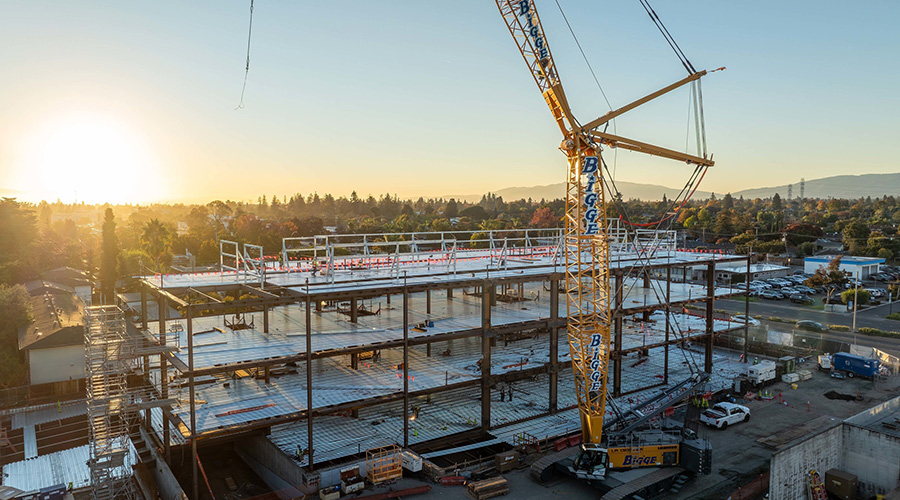Q: We have an existing overhead rolling fie door acting as a curtain-window between a phlebotomy area and the egress corridor that is no longer needed (like to those found in pharmacy areas to the corridor). It is currently connected to the fire system for release and also has a fusible link. We want to disconnect it from the fire system, keep it closed, and drywall the window area so that it does not appear it was ever there. The question arose, can this be done, or do we need to go through the cost to physically remove it. It is viewed by some that once it was in place it must always be tested and inspected unless completely removed. However, I see this as being similar to walling off a dumbwaiter with "2 hr. shaft-wall" when it is no longer needed. We have been allowed to do this by our state agency. What do you think?
And, according to section 4.6.12.3 of the 2012 LSC, existing life safety features obvious to the public, if not required by the code, must be either maintained or removed. Well, if you box-up and cover the overhead rolling fire door (and it is no longer required), then it is no longer obvious to the public and can be removed.
While my personal choice would be to remove the overhead rolling fire door if it is no longer needed and used, your plan to cover it up would be acceptable as long as it is no longer needed.
Brad Keyes, CHSP, is the owner of KEYES Life Safety Compliance, and his expertise is in the management of the Life Safety Program, including the Environment of Care and Emergency Management programs
Brad's webcast is scheduled for today. He'll be discussing "New Requirements, New Challenges: The 2012 Life Safety Code."

 How Can Healthcare Facilities Use Efficiency to Drive Climate and Health Goals?
How Can Healthcare Facilities Use Efficiency to Drive Climate and Health Goals? El Camino Health Rehabilitation Hospital Officially Tops Out
El Camino Health Rehabilitation Hospital Officially Tops Out Vibra Hospital of Sacramento Reports Data Breach
Vibra Hospital of Sacramento Reports Data Breach EV Charging Station Design: Ensuring Patient Access
EV Charging Station Design: Ensuring Patient Access Sanford Health and Prairie Lakes Healthcare System Merge
Sanford Health and Prairie Lakes Healthcare System Merge